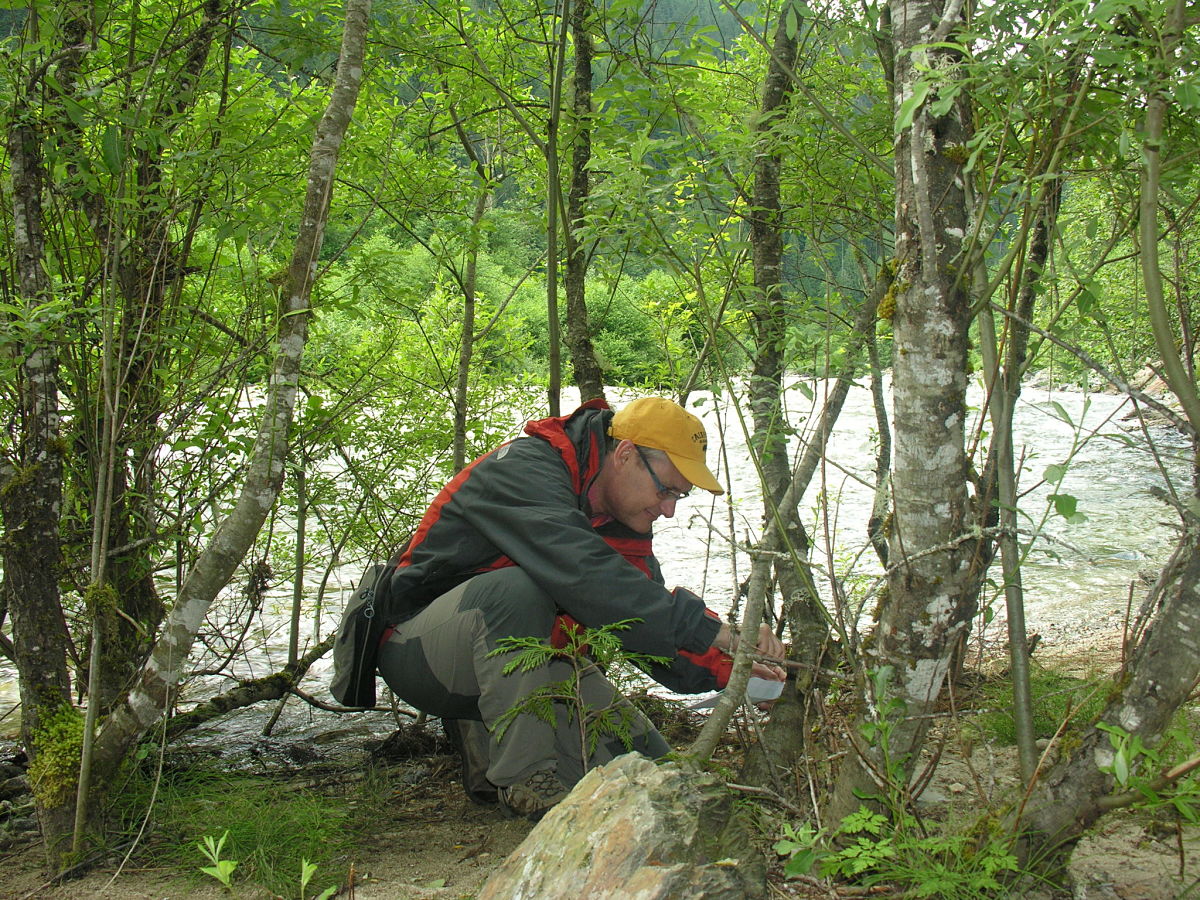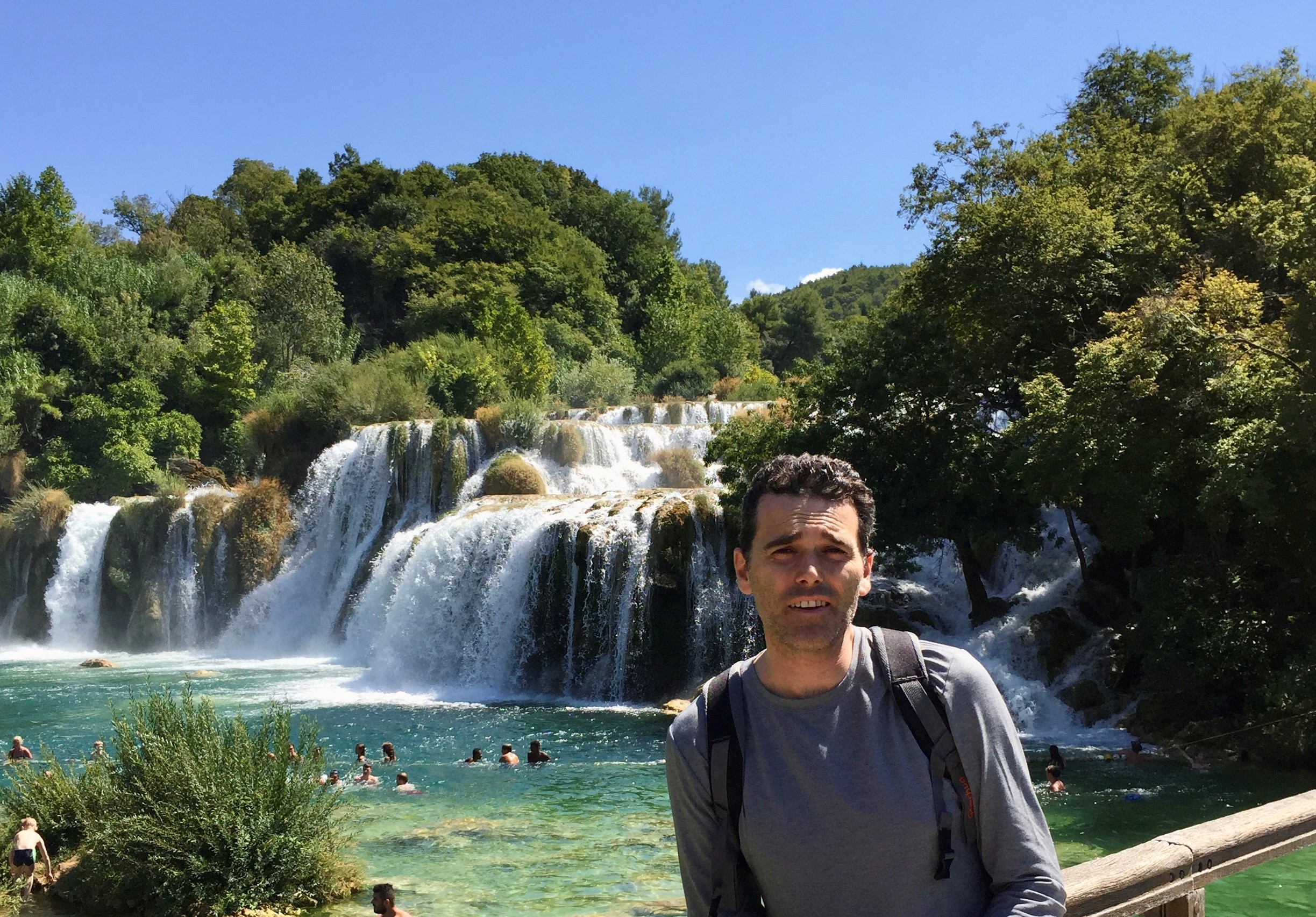Botanist of the month- María José Sanz
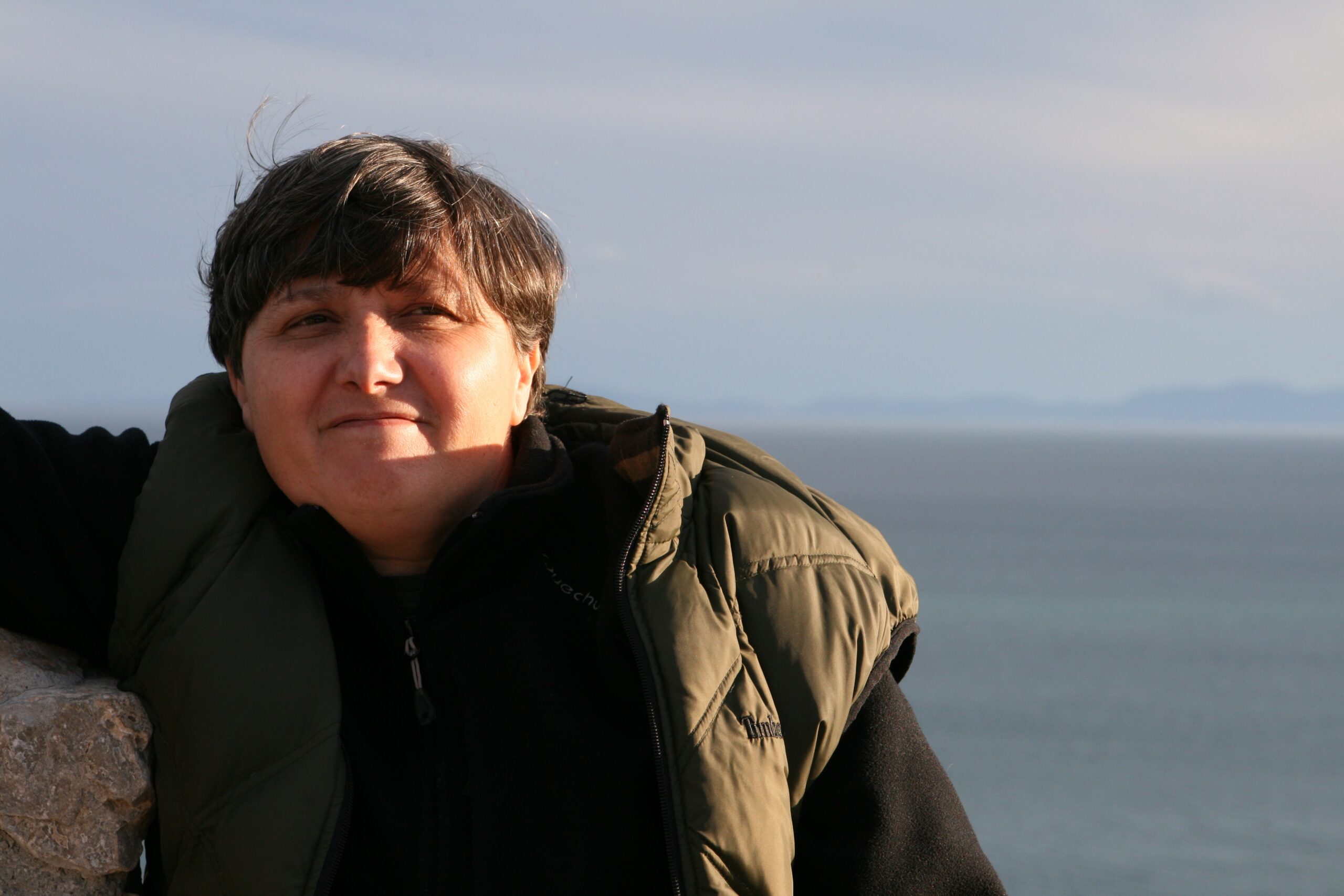
María José Sanz is deeply curious about the discovery of nature and biodiversity to extend scientific knowledge. But she is also committed to transferring knowledge to society and has a vocation for taking part in international organisations which work on climate change, development or sustainable food, among other fields. She is the director of the Basque Centre for Climate change (BC3), after an intense career in institutions such as the Secretariat of the United Nations Framework Convention on Climate Change and the FAO, involved in all kinds of global summits. However, she is rooted in the Faculty of Biological Sciences from the Universitat de València. In her PhD she studied the use of lichens as bioindicators of air quality. Although she has had great teachers, she always highlights the talent and scientific intuition of Millán Millán. He was promoter and director of the Mediterranean Centre for Environmental Studies (Fundació CEAM), the place where María José Sanz specialized in dynamics of air pollution and created her first research group.
What was the thing that attracted you to botany?
I spent my childhood in L’horta (Valencian Orchard) and, as far back as I can remember, I felt really attracted to plants and animals and I was outdoors all the time. When I was in primary school I used to discuss with my grandmother and try to explain to her the life cycles of plants that I had learnt at school. She told me that was not true, how could be possible for a fern to have two phases? A fern is a fern and that’s it, she said. In secondary school, biology was my favourite subject and I was especially interested in the cycles of plants, mainly of lower plants. That encouraged me to study Biological Science at the Universitat de València, although I had also thought about agronomy.
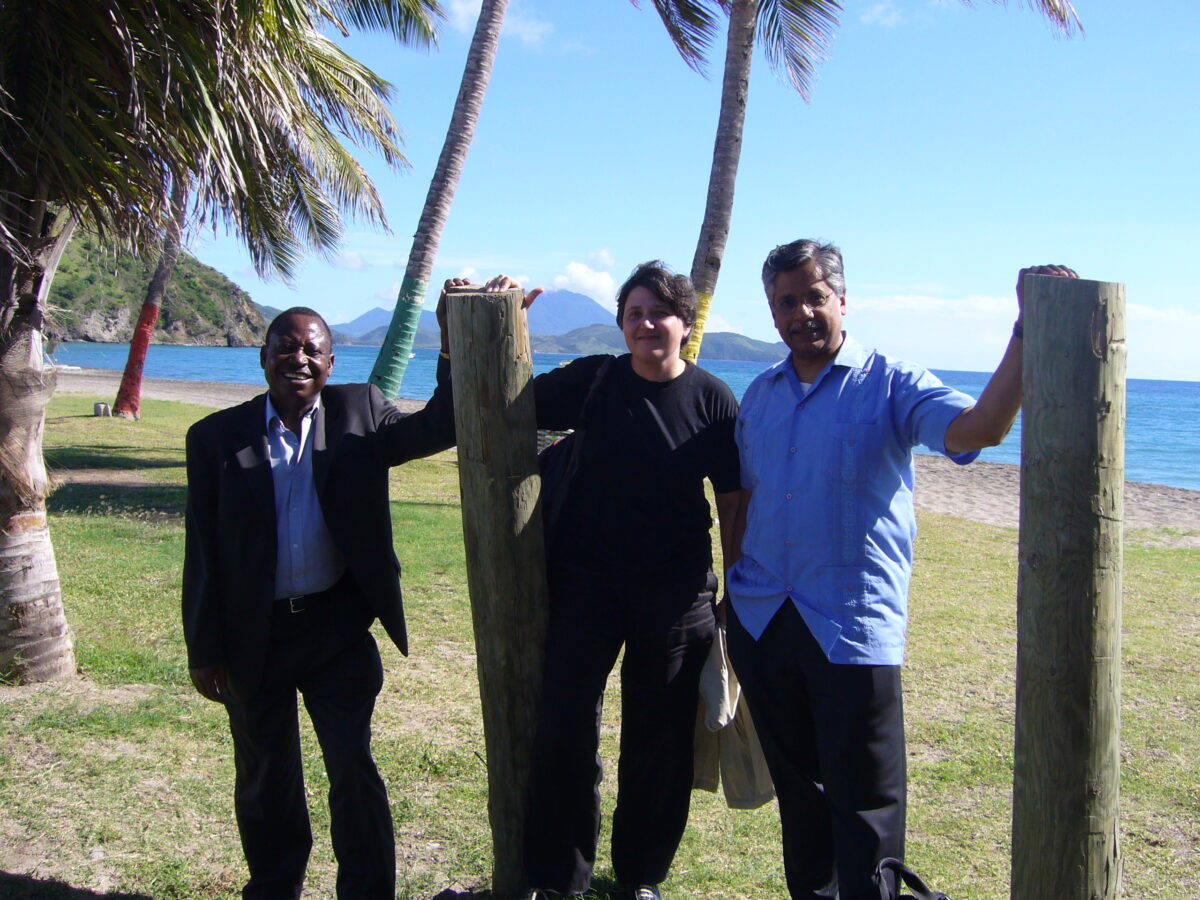
How would you summarize your professional career?
As I always say, my professional career has followed the evolution of living beings. Sometimes BC3 researchers explain to students from secondary school why we became scientists and what it consists of, and one day I showed them the following image. I intended to make a comparison with the evolution of plants and then address the complexity of our species’ interaction with nature.
First, I became interested in the marine environment. During the last year of my degree –already doing a major in Botany– I started working on the taxonomy of Mediterranean benthic communities, but the chronic sinusitis I had made it difficult for me to dive with cylinders. I soon moved on to the study of phytoplankton communities, the topic I chose for my undergraduate dissertation. Then I had the chance to apply for a Research Staff Training Grant with Eva Barreno, a professor of botany who had just arrived. She was also the person with whom I did my PhD on lichen ecophysiology and their capacity as bioindicators of air quality (I also had the wholehearted support of Dr Secundino del Valle, Dr Thomas Nash and Dr Corina Gries).
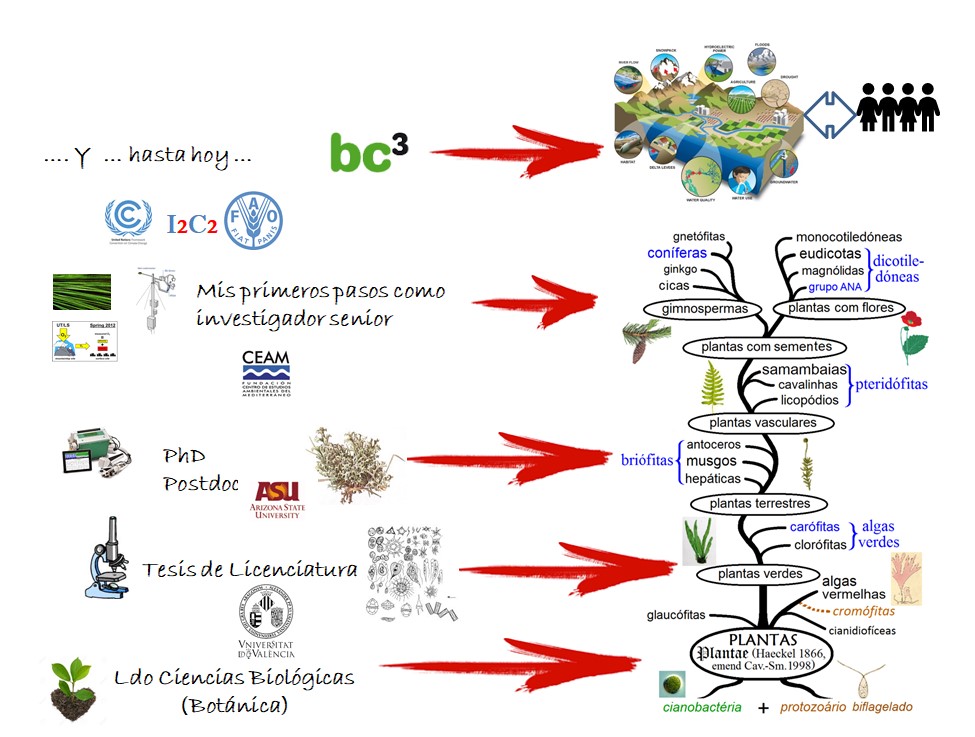
I did the experimental laboratory section at Arizona State University, where I built a controlled fumigation system for lichens and did a postdoctoral fellow. I continued my thesis experiments there, by exposing lichens to different concentrations of pollutants. I also collaborated on the collection of the Lichen Flora of the Sonoran Desert, which taught me about its flora and the fascinating adaptations of its plant species.
How was the return to Spain?
When I came back to Spain I started working at the Mediterranean Centre for Environmental Studies (CEAM), together with Dr Millán Millán, who taught me a lot about the dynamics of air pollution. In this way, I was able to set up a Department of Effects of Air Pollution, which was later extended to the systematic observation of the carbon cycle. I spent my entire postdoctoral and senior research career at CEAM. In 2007 I joined the Secretariat of the United Nations Framework Convention on Climate Change with the aim of better understanding the keys that connect science and the development of environmental policies, in that case at a multilateral level. It was such a great experience and it made me come back to contribute to the launch of the Climate Change Research Institute in Zaragoza. In addition, within a few months I joined FAO as the UN-REDD Programme’s Coordinator (a programme of UNEP, UNDP and FAO), aimed at reducing deforestation and forest degradation in developing countries. Finally in 2016 I joined, as scientific director, the Basque Centre for Climate Change (BC3), an international multidisciplinary centre that deals with different aspects related to climate change, from glaciology to economics.
Have you learned any valuable lesson?
Experience has shown me that the problems we face today are complex and require a strong integration of natural and social sciences. I have learnt two things from botany: appreciating plant diversity and understanding that observation is as critic as prediction. And, above all, that the ability to observe, reflect and be patient are essential qualities for scientists.
What does your work involve?
I coordinate an international multidisciplinary research team that addresses complex problems related to climate change adaptation and mitigation in a broader context of promoting sustainability. We work both globally and locally with various tools such as modelling and artificial intelligence, participatory methods and co-creation with social actors.
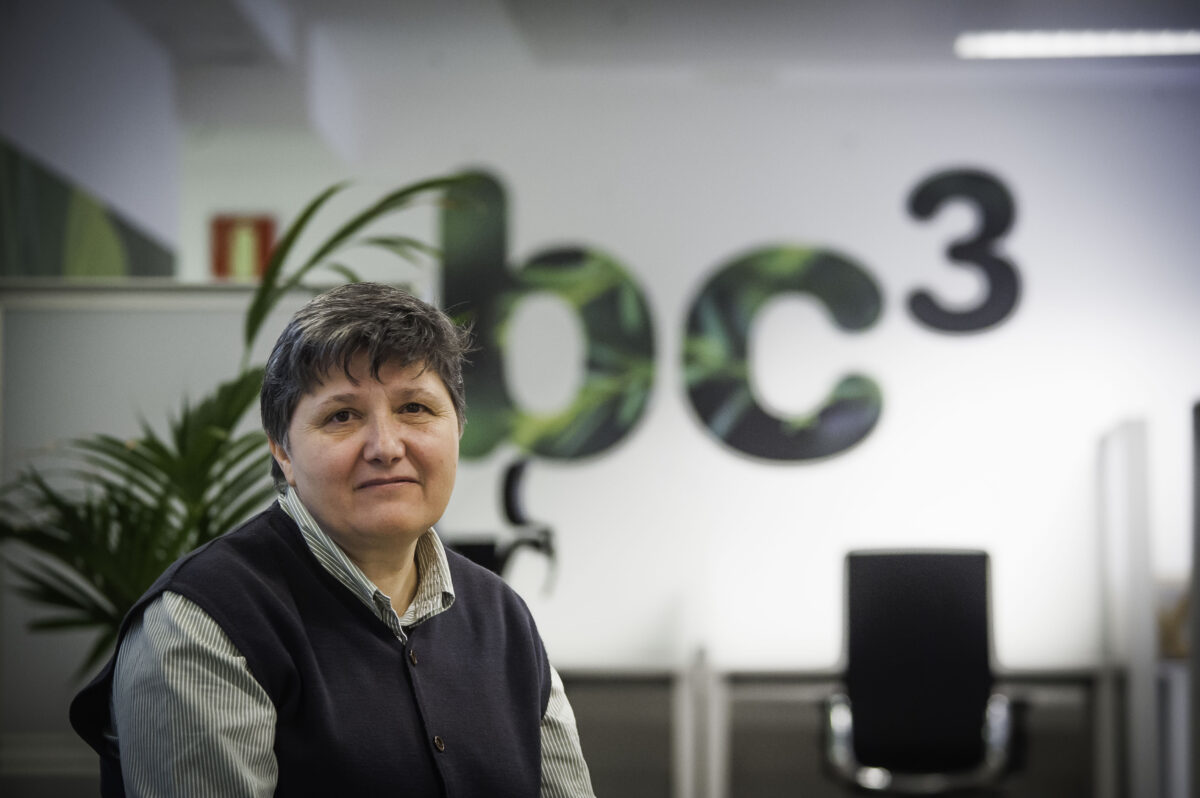
Do you feel especially proud of any of the projects you have participated in?
Absolutely. On the one hand, the observation projects on systematic carbon cycle that have formed the basis of the current UE ICOS (International Carbon Observation System). On the other hand, facilitating multilateral negotiations within the Convention on Climate Change on how terrestrial ecosystems can contribute to climate change mitigation, especially by reducing deforestation and protecting tropical forest ecosystems. And more recently, my collaboration with ARIES (Artificial Intelligence for Environment and Sustainability) team based on BC3.
Your research group is called Terrestrial Ecosystems, what are your lines of work?
My group works on several aspects related to the mitigation and adaptive capacity of terrestrial ecosystems, including agricultural and livestock systems and how they interact with society. For instance, relational values and ecosystem services. We work with modelling tools, collection, observation and analysis of data and experiments on manipulation and modelling. We also use our knowledge to improve environmental policies and participatory processes with social actors.
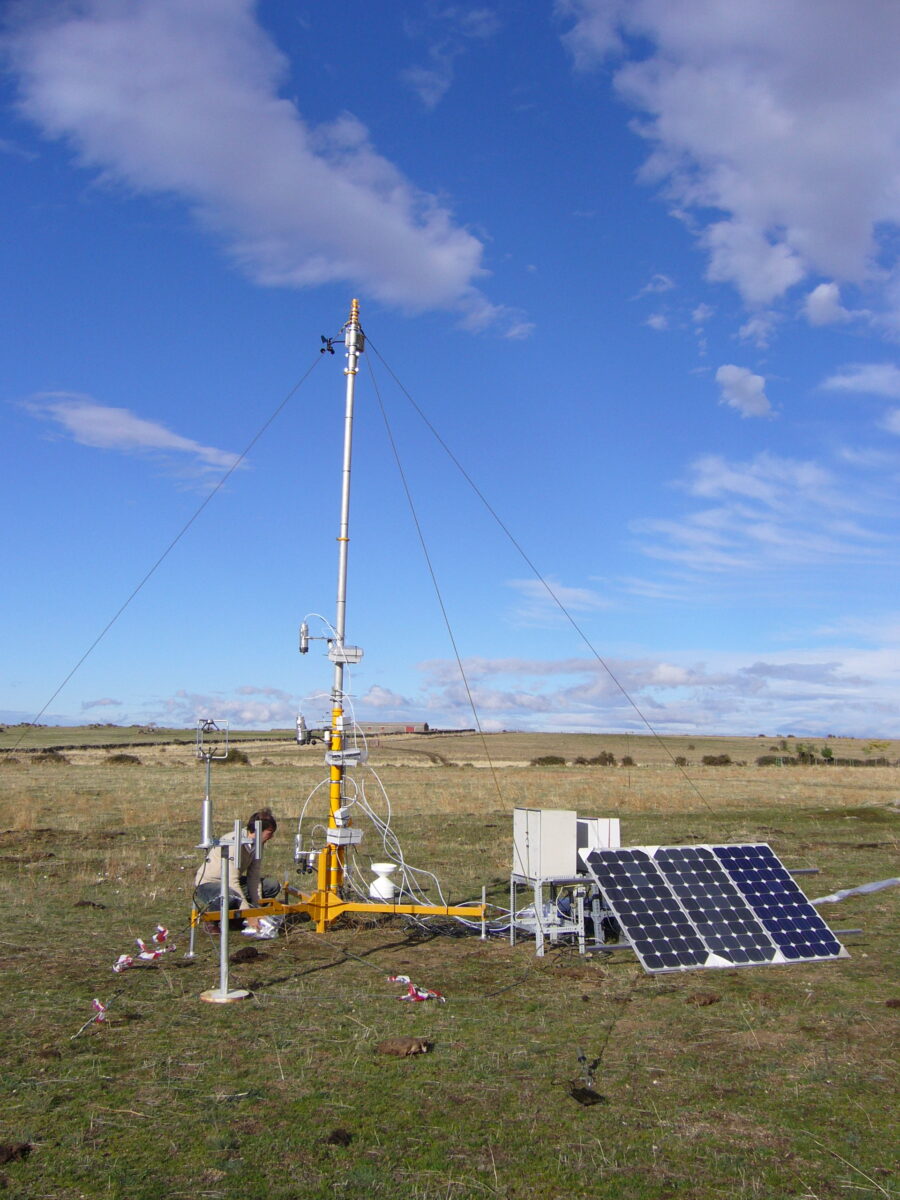
What impact can your results have on citizens?
I hope that my work leads to better informed decisions and knowledge can be shared with society at the same time we benefit from collective knowledge
What projects are you working on at the moment?
I am collaborating with ARIES (Artificial Intelligence for Environment and Sustainability) team, which is based in BC3. Our aim is to address the restoration of socio-ecological systems in a systemic way.
What are the most unpleasant and the most rewarding aspects of your job?
Bureaucracy and the constant need to standardise how science is measured and communicated is the most unpleasant part. The most rewarding is that you are in a constant learning process.
Do you think your job allows you to learn about subjects which are not related to botany?
Yes, and I think it is essential for us to be open to any kind of learning.
Have you met interesting people through your research?
Absolutely, I have met many genii. Some of them with a deep knowledge of the fundamentals of their discipline combined with an extraordinary intuition (Millán Millán); with a vision of the future of sustainability science and the use of science for unprecedented integration and democratisation of knowledge (Ferdinando Villa, an ecologist who tries to combine artificial intelligence and sustainability); or an ability to overcome the boundaries of science and influence on how science informs policy decisions (Jim Penman, an astrophysicist and a great friend of mine who devoted his career to climate change negotiations). It is difficult to choose only a few, because in the last 30 years there have been many and very interesting ones.
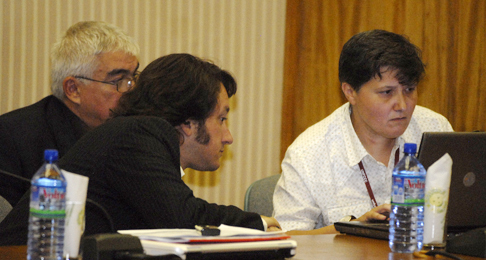
I have also learnt many different skills which help me today to approach science from other people I have met. For example, Yvo de Boer (former executive Secretary of the Convention on Climate Change, a committed man who brought climate change to political agendas); Teresa Ribera (former Director of IDDRI and Minister of the Ecological Transition, committed to transforming our country and knowledgeable about the political aspects of climate change); Kofi Annan (former Secretary General of the United Nations), among many others.
But, above all, I have always had the pleasure to collaborate with humane and strongly committed people.
What role does dissemination of knowledge play for you?
Transmitting scientific knowledge to all social groups, regardless of age, education or sociocultural context is essential. This allows citizens to value their contributions to society and, at the same time, it can make scientists understand that they have the duty to reach out to society and not remain isolated in the academic world.
During all these years, what is the funniest or most curious situation you have found yourself in?
During the trips we took for collecting material in Baja California, when I was doing my postdoc, we used to camp, but every once in a while, we stayed at a hotel. One day we were in Loreto and we went in to see our room. Five minutes later, a collie which was with us started barking and scratching non-stop… and so did we (we scratched… not barked). We turned on the torches and lifted the mattress. I do not think I have ever seen so many fleas in my life. The three of us (including the dog) ran away from there and got into the Sea of Cortés, with clothes and all… We came out fluorescent because of the Noctiluca, it was one of the biggest flowerings I have ever seen. I do not really know if it killed the fleas, but we stopped scratching a stood open-mouthed. We might never have seen it, if it had not been for the fleas.
Is there any essential skill for your job?
Observation skills, tolerance and being open-minded.
What is the first thing you do when you go into your office?
Watering the plants and preparing myself an infusion.
If your office burnt down, what would you save?
My notebooks and my field guides.
Are you allergic to any type of plant?
I am allergic to species of the genus Clematis. They cause me blisters, especially when I am exposed to the sun.

Imagine you have as much money as you want. What thing would you improve?
I would probably give my teammates some time for reflection to focus on solving those problems we have identified but are difficult to currently fund. In that way, instead of spending most of our time making proposals which fit into ideas that are preconceived by others and competing against other project applications for funding; we could extend our knowledge and better integrate our expertise and disciplines.
Science has always been an adventure and a challenge for discovery and creativity. It cannot be put in preconceived R&D cages driven by particular interests.







